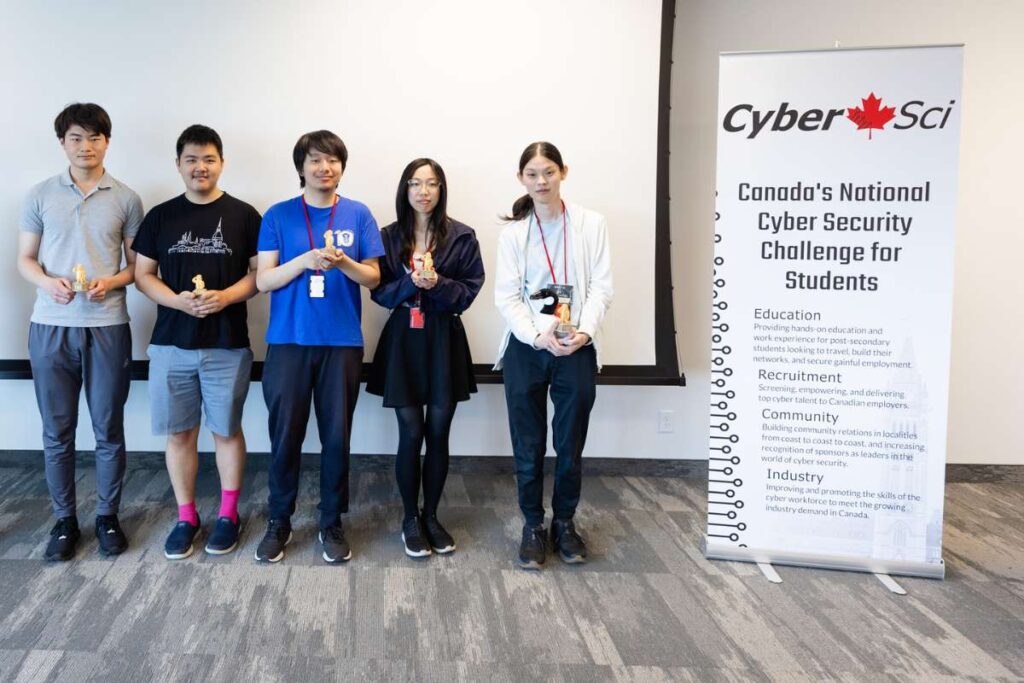Source-linkedin.com
AI as a Double-Edged Sword in Cybersecurity
As October ushers AI in Cybersecurity Awareness Month, attention is turning to the complex challenges posed by artificial intelligence (AI). While AI, particularly Large Language Models (LLMs) like GPT-4, has the potential to revolutionize industries, it also opens the door for exploitation by cybercriminals. From deepfakes to phishing attacks and election interference, AI in cybersecurity is proving to be a powerful tool in the hands of malicious actors. This growing threat is shaping a new era in cybersecurity, where the battle is no longer just against hackers but also against AI-driven machines that can outthink and outmaneuver human defenses.
The rise of AI in the wrong hands has already led to troubling developments. Deepfakes—hyper-realistic video and audio forgeries—are being used to spread disinformation and damage reputations. Recent incidents involving fabricated videos of prominent political figures like former President Donald Trump and Vice President Kamala Harris highlight how AI-generated content can blur the lines between reality and fiction, undermining trust in information. Beyond deepfakes, AI is being weaponized to launch sophisticated phishing schemes and man-in-the-middle attacks, putting organizations and individuals at risk.
AI-Driven Exploits and Rising Threats
The capabilities of AI in cybersecurity extend far beyond simple hacking techniques. AI-generated phishing emails, for example, are now nearly indistinguishable from legitimate communications. Gone are the days when phishing attempts were easily identified by broken language and suspicious links. Today, hackers can use AI to craft emails that appear to come directly from corporate executives, tricking employees into transferring vast sums of money into fraudulent accounts. In one notable case, an LLM-generated email led an employee to unknowingly transfer millions of dollars to scammers, resulting in devastating financial and reputational consequences for the company.
AI is also speeding up the timeline for cyberattacks. Automated tools powered by AI can scan codebases and infrastructure at lightning speed, identifying vulnerabilities faster than human teams can detect and fix them. Ransomware attacks, in particular, have become more dangerous as AI enables hackers to encrypt data quickly and efficiently, leaving companies with little time to react. This surge in automation means that once an attack is initiated, traditional security measures often cannot keep up, forcing businesses into difficult positions where paying ransoms may seem like the only option.
Using AI in Cybersecurity Defense
Despite the growing threats posed by AI, there is hope. Cybersecurity experts are turning to AI as a critical tool in the fight against AI-driven attacks. Advanced AI-powered systems are now capable of identifying potential threats in real time by analyzing vast amounts of data, detecting patterns, and flagging anomalies that may signal an impending attack. These systems are adaptive, meaning they can evolve alongside emerging threats, providing a much-needed edge in the rapidly changing cybersecurity landscape.
AI in cybersecurity defense extends to endpoint protection as well. By analyzing abnormal behavior rather than relying solely on known attack signatures, AI can detect and neutralize brand-new, previously unseen attacks. This capability is especially crucial in combating zero-day exploits, which target vulnerabilities that have not yet been discovered by traditional security systems. As cybercriminals continue to innovate, the ability to predict and respond to threats before they cause harm becomes ever more important.
Ultimately, the future of cybersecurity lies in the collaboration between AI and human expertise. AI’s speed and precision can augment the skills of trained professionals, creating a robust defense system capable of staying ahead of increasingly sophisticated attacks. As Cybersecurity Awareness Month highlights the evolving digital landscape, the need for constant vigilance and ethical standards has never been clearer. The challenge now is to ensure AI is used for protection, not exploitation, as we navigate this new frontier in the cybersecurity arms race.






